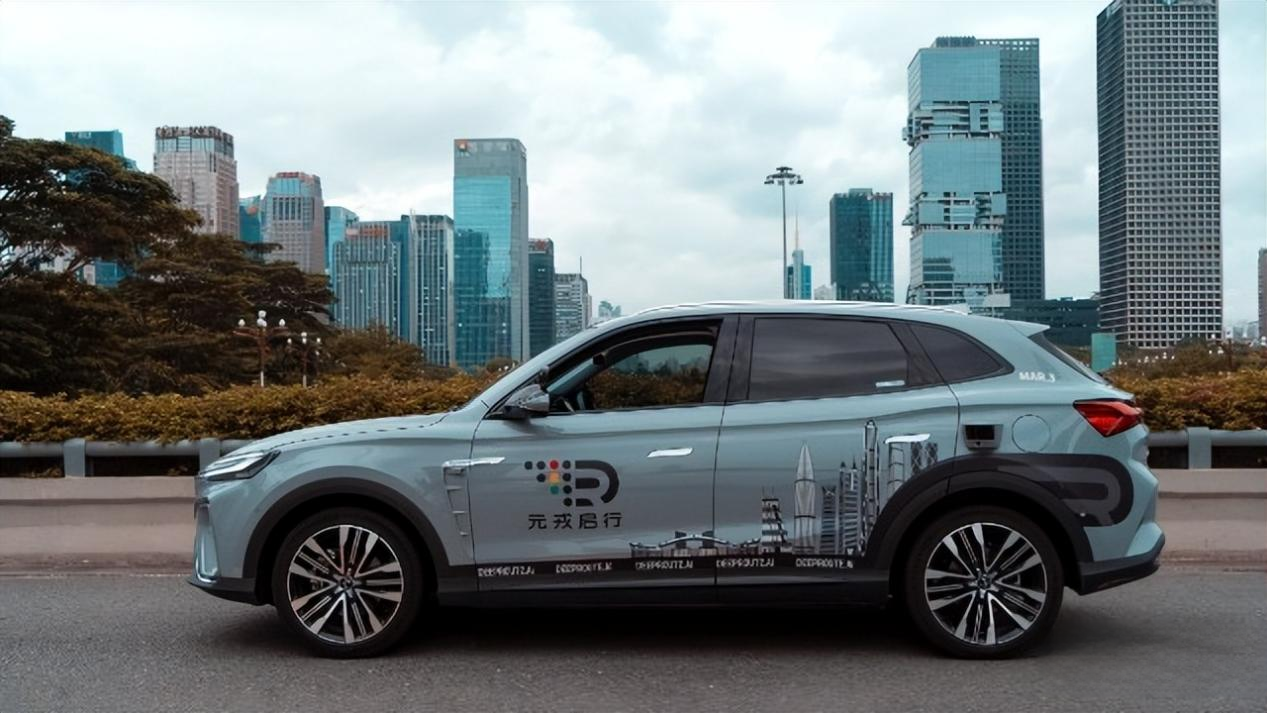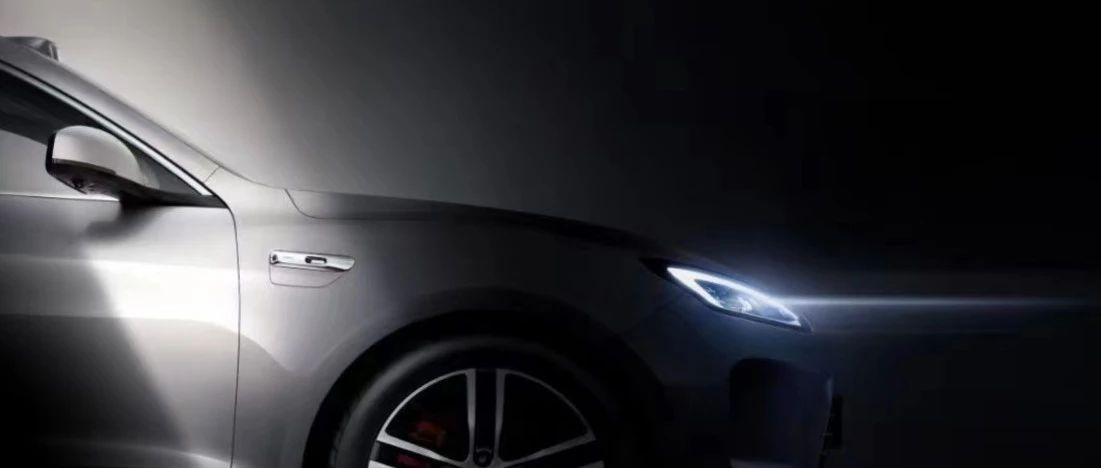Author: Xu Jinkai
“A knowledgeable insider told Autohome that the product planning and definition of the WENJIE M5 and M7 were completed by two independent teams. Although it has been confirmed that the new version of the WENJIE M5 will adopt Huawei ADS 2.0, there is still the possibility that the WENJIE M7 new version will use Yuanrong Qixing’s scheme.”
On March 23, at Huawei’s spring launch event, Yu Chengdong, Executive Director, CEO of Consumer BG, and CEO of Intelligent Automotive Solution BU officially announced that the WENJIE M5 will launch a new model equipped with Huawei’s advanced intelligent driving version and will be officially unveiled in April.
This news has sparked much discussion on social media. Most people believe that this does not match the previous rumors that WENJIE will adopt Yuanrong Qixing’s intelligent driving scheme.
Even well-informed and well-known car reviewer, Wu Pei, had to correct the information on Weibo.

It is rumored that WENJIE will launch two new models this year – among them, Huawei ADS 2.0 has been confirmed to be installed on the WENJIE M5 restyling model, while the WENJIE M7 upgrade model will most likely adopt Yuanrong Qixing’s scheme.

Huawei ADS 2.0 debuts
On March 23, Yu Chengdong announced at the spring launch event that WENJIE M5 will feature Huawei’s advanced intelligent driving system.
This version of the high-level intelligent driving system is ADS 2.0 version, which has the advantage of not relying on high-precision maps and mainly relies on fusion perception for environment recognition.
“The updates to high-precision maps are too slow, and the speed of obtaining data from one city to another is also too slow. It takes us a long time even to deal with a small road in Shanghai.”“`
“China’s roads are changing every day, so it is impossible to popularize them using high-precision maps. In addition, the production cost of high-precision maps is very high, and it is very difficult to collect data nationwide.”
Talking about the reasons for light maps, Richard Yu seems to have endless complaints. The advanced intelligent driving ADS 2.0 version developed using the “heavy perception and light map” approach largely avoids the impact of high-precision maps.
According to Autohome’s understanding, there are two advantages of using the “heavy perception and light map” technology path:
First, it can avoid the policy limitations of advanced maps that require review, and achieve efficient landing in more cities more quickly;
Second, it eliminates the high acquisition and maintenance costs brought by high-precision maps, thereby reducing the cost of intelligent driving systems.
This is also the main reason why many intelligent driving companies dedicated to promoting industry development are striving to choose the “heavy perception and light map” solution.

However, without the support of high-precision maps, intelligent driving systems can only rely on stronger perception and algorithms to cope with complex environments.
“Huawei’s advanced intelligent driving will be installed on the Wanjie M5 in April.” From the time schedule, Huawei ADS has made considerable progress.
It is worth mentioning that on March 24, at the launch event of the AVITA 11 single-motor version, AVITA Technology Chairman and CEO Tan Benhong also formally announced to the outside world that AVITA would become the first brand to fully iterate Huawei’s advanced intelligent driving system ADS 2.0, and the first model under the brand, AVITA 11, would also be equipped with this system as standard.
From the status quo of Wanjie and AVITA rushing to install ADS 2.0, Huawei has prepared to push this more practical intelligent driving system to the consumer market.
Is Yu Chengdong using Yuanrong Automation to drive the car BU?
It is well known that Huawei has three development models in the automotive field: component models, HI models, and Huawei-selected cars. Among them, the component and HI models are led by rotating chairman Xu Zhijun, and Huawei-selected cars are led by Yu Chengdong. (For more information, please read previous articles: The Two Faces of Huawei’s Auto Business)
“““
Part and HI modules pay more attention to technical accumulation, while Huawei’s intelligent selection car is more inclined to sales layout. The different development logics of Xu Zhijun and Yu Chengdong are also the fundamental cause of the internal differences within Huawei on making cars.
Although the logics are different, both of them are essentially striving for Huawei to make greater progress in the automotive business. It’s just that Xu Zhijun, who focuses on technical accumulation, aims at long-term development, while Yu Chengdong starting from consumer business has also solved Huawei’s current predicament and tried his best to dispel Huawei’s “coldness.”
The development results of the two routes are also clear to everyone:
-
The selection car mode of Huawei made a rapid development in the industry in 2022 and was even hailed by the media as the annual dark horse;
-
The HI mode that requires time for technical accumulation did not go smoothly, and the delayed listing of JiHu is evidence of this.
Compared with JiHu, which has frequently postponed its listing, the lucky Avida is at the timing of Huawei ADS technology breakthrough.
On March 9th, the urban NCA function of Avida 11 was officially launched in Shanghai and Shenzhen before the more popular Avida 11 single-motor version was launched. Guangzhou and Chongqing are also about to be launched.
If we zoom out to the entire intelligent driving industry, the development trend of “heavy perception and light map” has already swept the entire industry:
From the ideal of advocating full self-research by the top three new forces, XPeng, NIO, and NIO, to a series of autonomous driving companies such as Horizon Robotics, Momenta, Xiaoma Zhixing, Wenyuan Zhixing, QZSS, Zens, and Yuanrong Qixing, all have proposed technical solutions for urban NOA that do not rely on high-precision maps.
Looking at this development trend, Huawei is not leading in using high-precision maps to achieve urban NOA. The upcoming ADS 2.0, a high-end intelligent driving system, is the key to Huawei’s “far ahead” in the field of intelligent driving.

According to insiders from Auto Home, the development of intelligent driving technology for the 5 Series Li Wei (Li Wei) M5 was originally a collaborative effort between BMW and Huawei's partner, Elemental Run. After several months, however, it was suddenly halted because Huawei decided to use its own R & D solutions.
"I think Huawei treated Elemental Run like catfish, but the product landing team tried to keep the Elemental Run solution as much as possible," said the insider.
In terms of results, the introduction of Elemental Run's approach has to some extent forced the development and mass production of Huawei ADS, thus accelerating the development of Huawei's intelligent driving technology.
If the updated 5 Series Li Wei M5 can successfully run on the Huawei ADS 2.0 system, the 5 Series Li Wei will cross over from the Huawei Intelligent Selection Model to the Huawei HI Model, making Li Wei one of the closest car brands to Huawei in the automotive industry.
## Huawei Puts the Spotlight on Elemental Run
On March 22, Elemental Run launched the DeepRoute-Driver 3.0 intelligent driving solution that does not rely on high-precision maps, ahead of the Huawei Spring Launch Event.
According to Elemental Run: Based on the technical framework of Driver 3.0, Elemental Run has also launched two smart driving products, D-PRO and D-AIR, in cooperation with automakers to produce smart driving cars that will be available in the consumer market in 2023.
According to Elemental Run, Driver 3.0 has many advantages:
- It can perceive detailed road information covered by high-precision maps, such as lane lines, traffic signals, signs and prompts.
- It can accurately locate the position of the vehicle, accurately determine the lane in which the vehicle is located, and the distance to adjacent lane lines.
- With Driver 3.0, cars can have more cost-effective navigation maps, providing consumers with a safe, reliable, free and continuous intelligent driving experience.```
It is worth mentioning that this excellent automated driving system costs only $2000, which is lower than the industry average.
Not relying on high-precision maps and entering the consumer market within a year, this clear information has tied Yuanrong and AITO together. Before Huawei's press conference, a large number of media predicted that AITO M5 would adopt Yuanrong's intelligent driving solution.
However, this prediction was overturned when Yu Chengdong announced that AITO M5 would adopt Huawei's ADS 2.0 intelligent driving solution.
But this does not mean that Yuanrong has no chance.
According to insider's description, compared with Huawei's ADS solution, Yuanrong has a cost advantage.
One background information is that AITO's overall sales in 2022 were 78081 units, of which AITO M7's sales were 21226 units, and M5's sales were 56855 units, and M7's sales accounted for less than one-third.
"For the M7 upgrade, in order to stabilize sales, it is highly probable that it will adopt Yuanrong's solution," insiders added.
With obvious cost advantages and decent technical strength, Yuanrong has shown its strengths.
From Yuanrong’s perspective, getting on board AITO can quickly establish its reputation and promote the company into a new development stage.
This article is a translation by ChatGPT of a Chinese report from 42HOW. If you have any questions about it, please email bd@42how.com.
